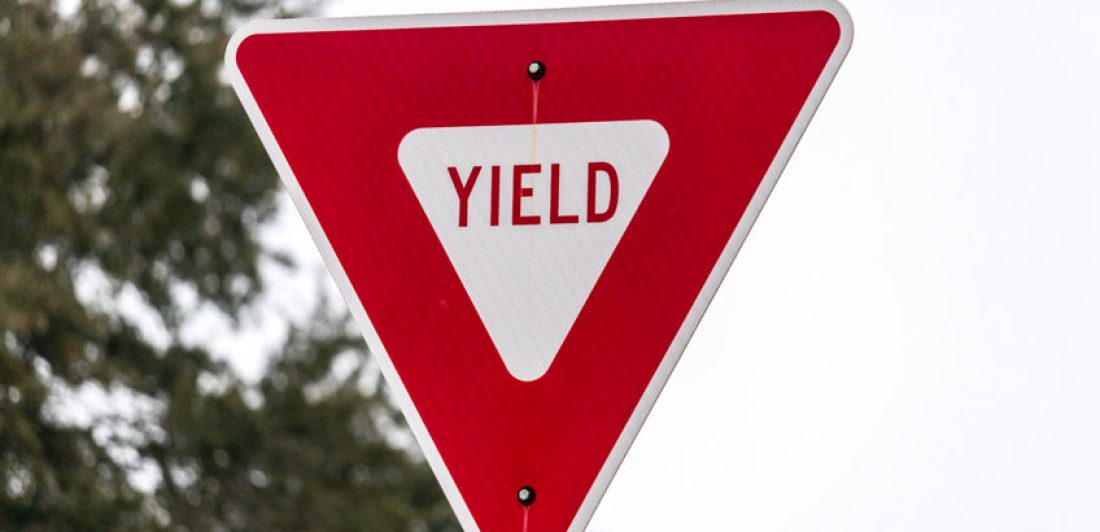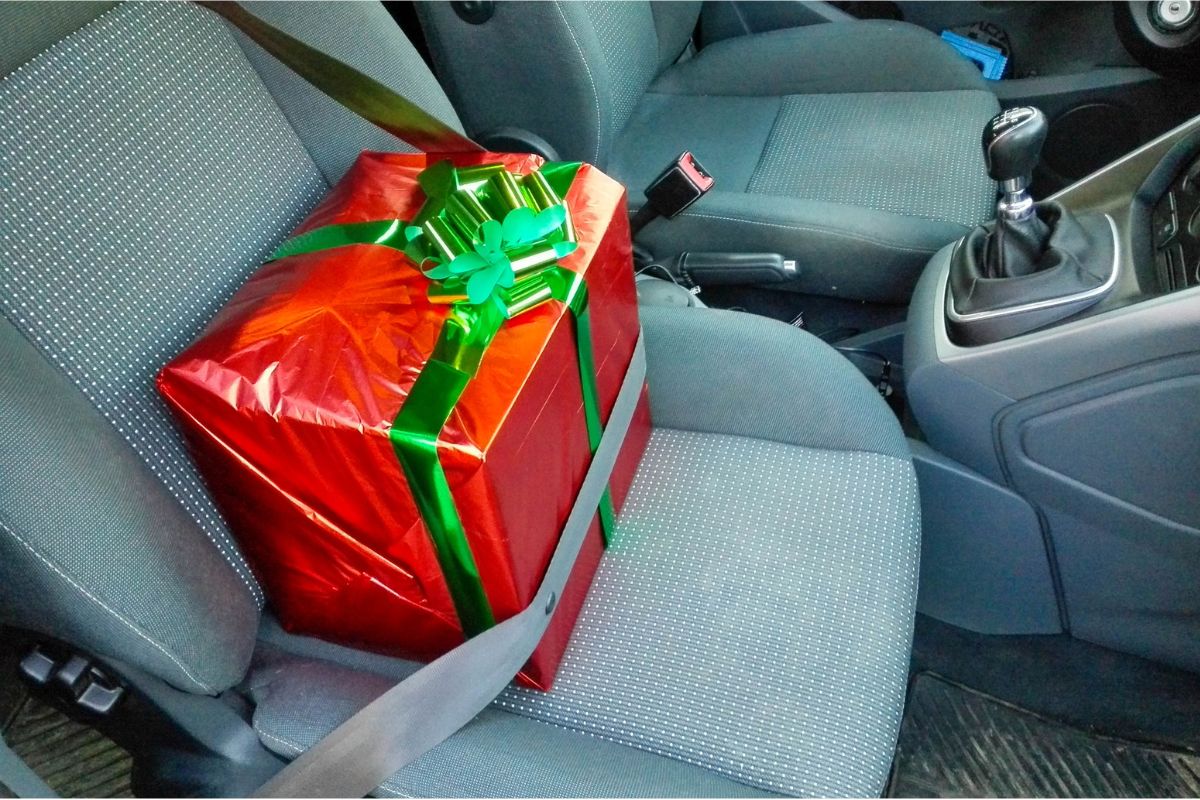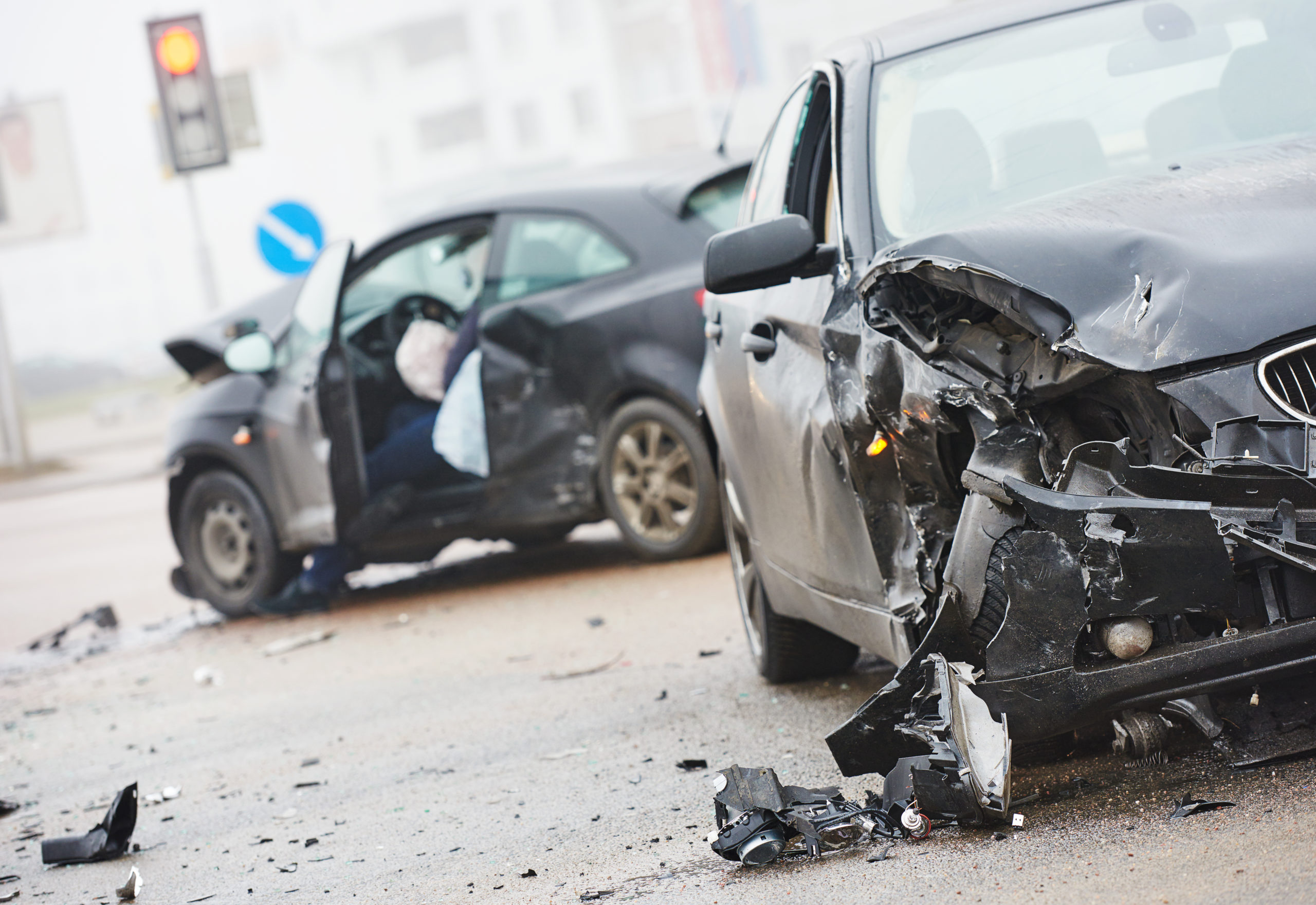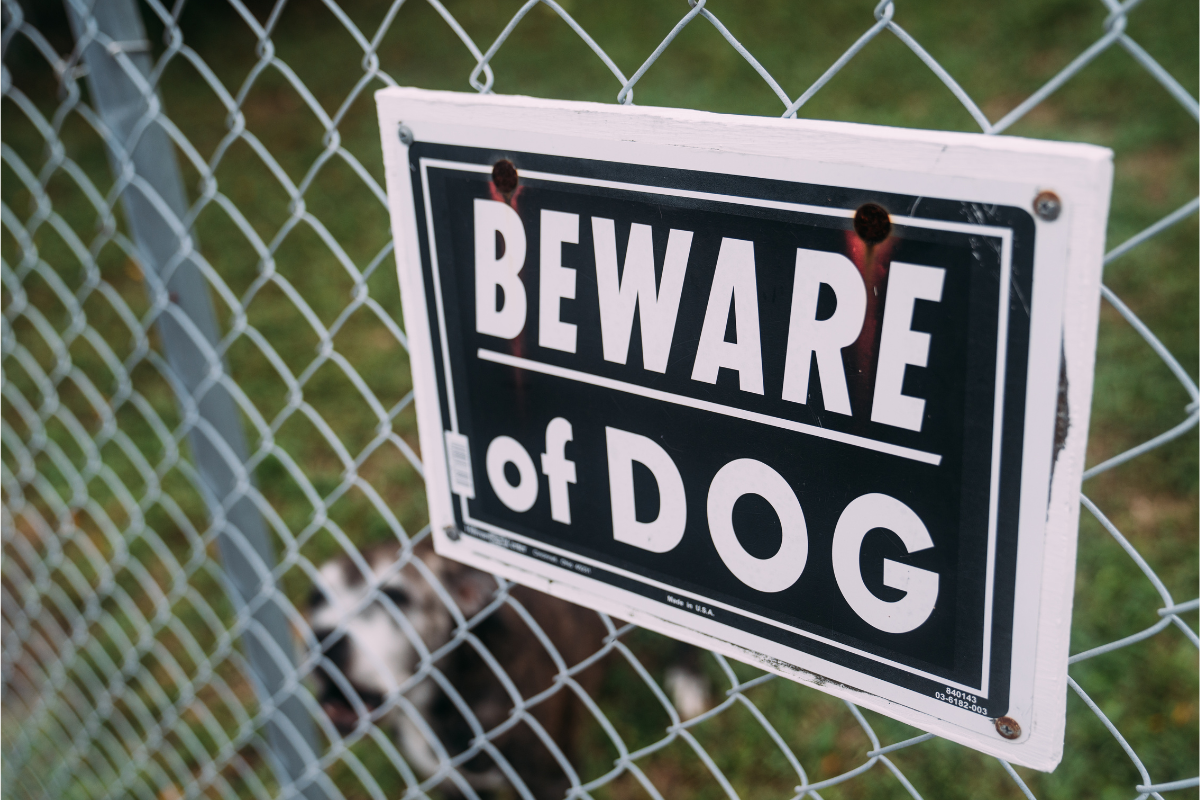Failing to yield to the right of way leads to crashes in all states. If you or another driver fails to yield the right of way, there is a risk of you all colliding with each other, cyclists, or pedestrian. However, there are established rules for who is to yield to whom in specific situations, and it is crucial to be familiar with what to do for each case.
In addition, knowing the laws for right-of-ways will prevent any violation tickets. Check out our guideline to have a better idea of when to yield to the right of way.
Who has the right of way?
Yielding the right of way means allowing another vehicle to enter an intersection before doing so yourself. However, yielding the right of way doesn’t exclude pedestrians and cyclists on the road. When a driver yields the right of way, they are granting immediate use of the intersection to the other vehicle first. The “yield to the right of way” in Texas refers to situations such as:
- A pedestrian at a crosswalk;
- When another vehicle is already in an uncontrolled intersection;
- When you are at a yield sign. There is no need to do a complete stop, but you should slow down enough to look for oncoming traffic before proceeding into an intersection or lane; and
- When making a left-hand turn. Always yield to pedestrians and on-coming traffic before making a left-hand turn.
Traffic lights and right of way
When it comes to the right of way when turning right, it is pretty straightforward.
- Steady red light: after stopping and yielding to traffic and pedestrians, you may proceed to take a right.
- Red flashing light: Once completing a full stop, yield to oncoming traffic and pedestrians before proceeding.
- Steady green light: proceed once completing a yield to any vehicles or pedestrians in the intersection or crosswalk. Don't enter the intersection unless there is enough space to cross entirely before the light turns red.
- Flashing red light: once completing a stop, yield to traffic and pedestrians before proceedings. You may proceed once the interaction is safe.
- Yellow arrow flashing: Drivers may turn left after yielding to oncoming traffic.
- Green arrow: The green arrow permits you to go, but you must first yield to any vehicle, bicycle, pedestrian still in the intersection. The arrow will protect you from oncoming traffic, pedestrians, cyclist, and other cars will be stopped with a red light.
Should I insist on the right of way?
If you have the right of way in a situation, it means that you don’t have to stop or slow down to allow other vehicles to enter the roadway. However, it is important to remember that if a vehicle pulls up in front of you and you don’t make an effort to slow down or otherwise avoid an accident, you can still be held legally responsible for the consequences.
So in other words the other driver with the right of way still needs to do everything they can to avoid hitting the pedestrian, even if the person shouldn’t be crossing there. In conclusion, the right of way is really a set of rules designed to help traffic flow smoothly unjust about any situation.
How can someone violate a right of way?
A mentioned earlier, missing the right-of-way poses you and others on the road in danger. However, there may be instances in which a driver may do the correct stop, but may still do the right-of-way incorrectly. Some of the following situations should be kept in mind when you may be approaching a right-of-way incorrectly.
Four-way stops and uncontrolled intersections
At a four-way stop, the first vehicle to get to the intersection will have the right-of-way. If two vehicles get to the intersection at the same time, then the vehicle on the right will have the right of way. In order to prove a violation in this type of scenario, prosecutors will need to prove that a vehicle entered the intersection or wasn’t on your right side before entering the intersection, violating the right of way.
Three-way Intersections
Regardless of which driver arrives at this type of intersection first, the right of way is given to the driver on the perpendicular road, meaning that the driver on the dead-end road must yield, even if there is no traffic signal or yield sign. This will always be the case, no matter what vehicle got to the intersection first.
Stop signs and yield signs
Although a driver may do a proper stop, they may still be ticketed if they enter the intersection with oncoming traffic had the right of way, posing a danger. Someone would need to prove that the vehicle on incoming traffic either accelerated or didn’t pose an actual threat before the other driver made it onto the road. If visibility was limited at the intersection, the driver might defend their maneuver on the basis that the vehicle approaching seemed to be stopping or making a turn or driving at an unsafe speed in the situation.
Left turn
Also known as an improper turning ticket, a violated left turn is when a driver makes a left turn when oncoming traffic is so close that made the turn dangerous. Although the driver may argue that the turn didn’t cause an accident, it must also be seen that the oncoming driver didn’t need to swerve or slam on the brakes.
Pedestrians
Drivers must yield to pedestrians, including when the crosswalk doesn’t have a stop sign or traffic light. An officer may issue a ticket even if the driver doesn’t strike a pedestrian, as long as they were close to striking them. These types of tickets are typically hard to fight off, as a violation involving a pedestrian tends to be taken seriously by law enforcement.
What should I do if someone else fails to yield the right of way?
If someone somehow fails to yield to the right of way, an accident is more likely to occur. If a person is hurt by another’s negligence to yield the right of way, they can sue for compensatory damages, including:
- Medical bills
- Lost income
- Out-of-pocket expenses
Although it may be frustrating, it is in your best interest to gather the contact information of any witnesses and provide that information to your insurer and one of our car accident lawyers. If it was unclear who was at fault for the accident, one of our attorneys could help investigate and review all available evidence, such as witness testimonies, skid marks, etc to better reconstruct how the accident happened.
Tips for determining the right of way
If you are still confused on how to determine best who has the right-of-way when driving, consider the following guidelines to better understand the rules of the road.
- Make sure to yield to vehicles that are already at the intersection. If you and another vehicle arrive at the intersection at the same time, yield to the car on the right.
- Always obey the given visual signal, such as stop signs of traffic lights.
- All pedestrians must be given the right-of-way in a crosswalk
- When approaching a highway exit ramp, drivers on the access road must yield to the vehicles on the exit ramp. Regardless of which lane the exiting vehicle will merge on, one must still yield to the cars on the exit ramp.
- At a T-intersection, the driver on the dead-end road must yield to traffic on the other, normal-sided street.
- When entering an intersection with multiple-lane roads, such as one-lane, two-lane, r a lane that intersects with a larger road, all drivers on the smaller road must yield to the other vehicles.
The Carlson Law Firm cares
The best way to always be in the best care means that you should be driving in a defensive way at all times. Unfortunately, accidents are accidents and may happen, no matter how safe you are. If you or someone you love is involved in an accident, call one of our caring car accident lawyers. For 45 years, we have served our communities during their times of need. Our legal team will take care of you and fight for the compensation that you deserve. Call us today to schedule a free consultation. We care and we can help.




